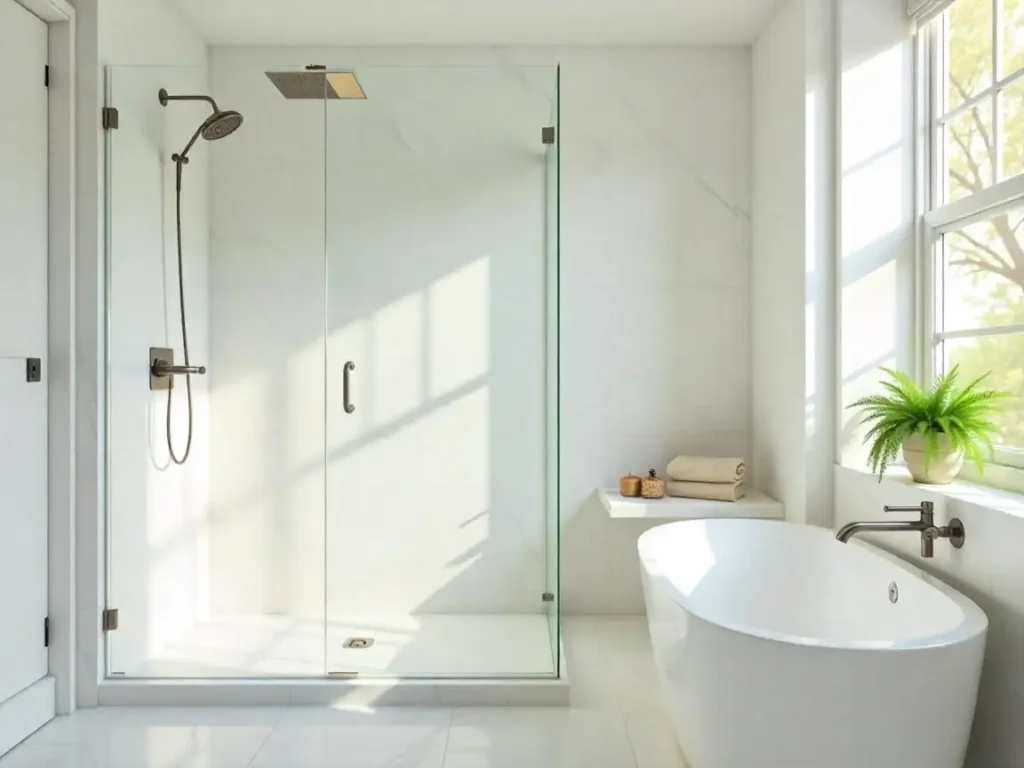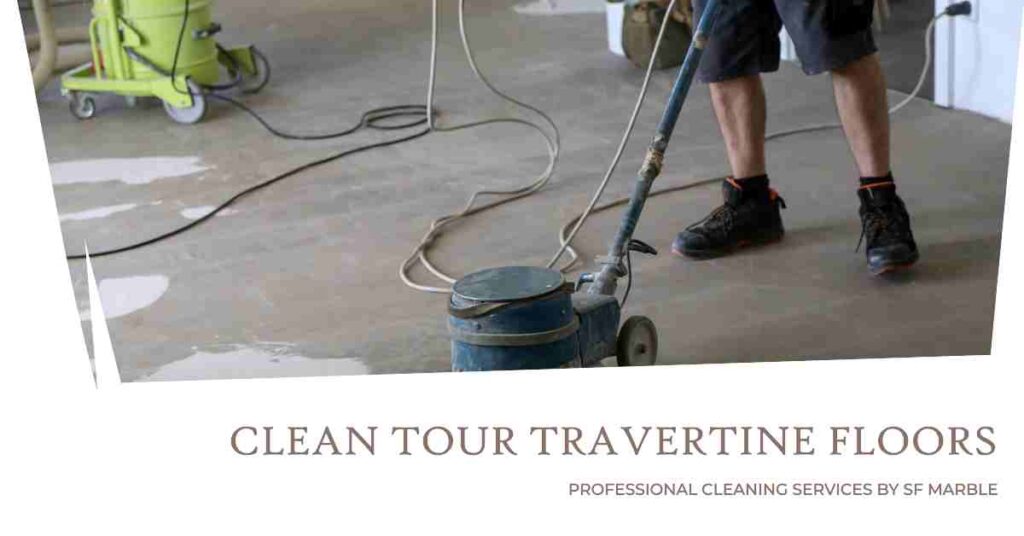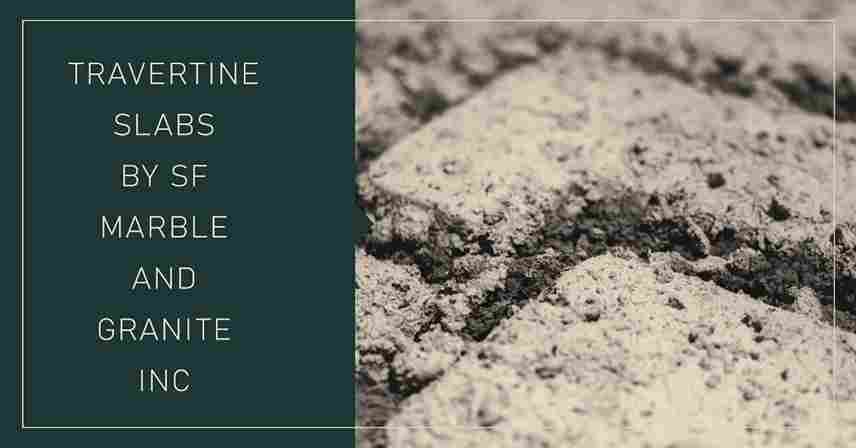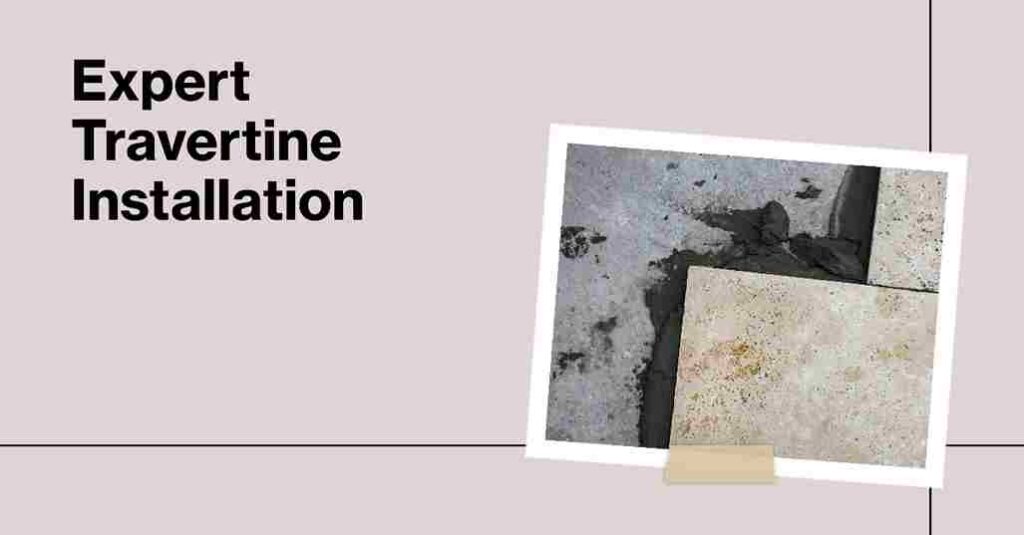Can You Paint Fireplace Tile: A Comprehensive Guide by SF Marble And Granite Inc
Can You Paint Fireplace Tile? A Comprehensive Guide to Fireplace Makeovers Home Yes, you can achieve a fresh, long‑lasting look by following the right steps and materials. In this guide, you’ll discover how to choose heat‑resistant paint, prep and clean your tiles, prime for perfect adhesion, and pick the painting technique that suits your style from solid color to faux stone or stenciled accents. You’ll even learn how to seal the finish so it stands up to heat and wear. Ready to transform your hearth into a custom focal point? Let’s dive in. Choosing the Right Paint When it comes to painting fireplace tiles, selecting the correct paint is a critical decision. You need a paint that not only provides a beautiful finish but can also withstand the heat generated by the fireplace. These are some important factors to remember: Heat Resistance: The area around your fireplace can get quite hot, especially if you use it regularly. Therefore, it’s crucial to choose a heat-resistant paint. Look for paints labeled as “fireplace paint” or “stove paint.” These are specially formulated to handle high temperatures and won’t peel or crack. Type of Tile: The type of tile you have on your fireplace may influence your paint choice. If your tiles are ceramic or porcelain, you have more flexibility in paint selection. However, if you have natural stone tiles, it’s essential to choose a paint that won’t negatively affect the stone’s texture or appearance. Color and Finish: Consider the color and finish you want for your fireplace. Paints come in various colors and finishes, such as matte, satin, or glossy. Your decision will be based on your sense of aesthetics and the design aesthetic of your property. Water-Based vs. Oil-Based: Paints are available in both water-based and oil-based formulations. Water-based paints are easier to clean up and emit fewer fumes, making them a more convenient choice for indoor projects. Oil-based paints, on the other hand, are known for their durability and resistance to wear and tear. Primer Compatibility: Check whether the paint you choose requires a specific type of primer. Some paints work best with a corresponding primer to ensure proper adhesion and longevity. Brand Reputation: Opt for reputable paint brands known for their quality and durability. Reading customer reviews and seeking recommendations can help you make an informed choice. Safety Precautions: Always prioritize safety when working with paints. Ensure you have proper ventilation in the room, wear appropriate safety gear like gloves and goggles, and follow the manufacturer’s instructions for safe usage. Sample Testing: Before applying the chosen paint to your entire fireplace, it’s a good practice to do a small test on a hidden or inconspicuous area of the tiles to ensure you are satisfied with the color and finish. Preparing Your Fireplace Preparing your fireplace is a crucial step in the process of painting fireplace tiles. Proper preparation ensures that the paint adheres well and that the final result is smooth and durable. Here are the key steps to prepare your fireplace: Clear the Area: Start by removing any furniture, decorations, or obstacles around the fireplace to create a clear workspace. This will prevent any accidental damage to your belongings and make the painting process more manageable. Protect Surroundings: Cover the nearby floor and any other surfaces that you want to protect from paint splatters. Use drop cloths, plastic sheets, or newspapers to create a barrier. Your decision will be based on your sense of aesthetics and the design aesthetic of your property. Ventilation: Ensure that the room is well-ventilated. Open windows and doors to allow proper airflow. Proper ventilation helps in dispersing paint fumes and ensures a safer environment for your project. Clean the Tiles: Thoroughly clean the fireplace tiles to remove dust, dirt, soot, and any residue. Use a mixture of warm water and mild detergent or a specialized tile cleaner. Scrub the tiles gently with a soft brush or sponge, paying extra attention to grout lines. Cleanly rinse the tiles, then let them air dry fully. Better paint adherence is guaranteed by a clean surface. Repair Any Damage: Inspect the tiles for any cracks, chips, or loose pieces. If you find any, repair them using an appropriate tile adhesive or filler. Ensure that the repaired areas are smooth and level before proceeding. Remove Hardware: If your fireplace has any removable hardware, such as handles or grates, it’s a good idea to take them off before painting. This allows you to paint the tiles without any obstructions. Mask Off Edges: Use painter’s tape to mask off the edges of the fireplace, including the mantel, surrounding walls, and any other areas where you don’t want paint to accidentally land. To achieve clear and accurate lines, take your time. Prepare Your Workspace: Set up your painting area by placing your chosen paint, primer (if needed), brushes, rollers, trays, and other painting supplies within easy reach. Having everything ready will make the process smoother. Check for Cracks in Mortar: If your fireplace has mortar between the tiles, inspect it for cracks. If you notice any, consider reapplying mortar or repairing it as necessary to maintain the structural integrity of the fireplace. Protect Yourself: Put on appropriate safety gear, including gloves and safety goggles, to protect yourself from paint and cleaning chemicals. Once you’ve completed these preparation steps, your fireplace will be ready for the next phases of the painting project, such as priming and applying the paint. Proper preparation ensures that the paint adheres well and that the finished result looks professional and lasts for years to come. Cleaning and sanding Cleaning and sanding are essential steps in the process of painting fireplace tiles. These steps ensure that the tiles are properly prepared for paint application, resulting in a smooth and long-lasting finish. Here’s how to clean and sand your fireplace tiles effectively: Cleaning: Gather Your Cleaning Supplies: Before you begin cleaning, gather the necessary supplies, including warm water, mild detergent or a specialized tile cleaner, a soft brush or
Can You Paint Fireplace Tile: A Comprehensive Guide by SF Marble And Granite Inc Read More »










